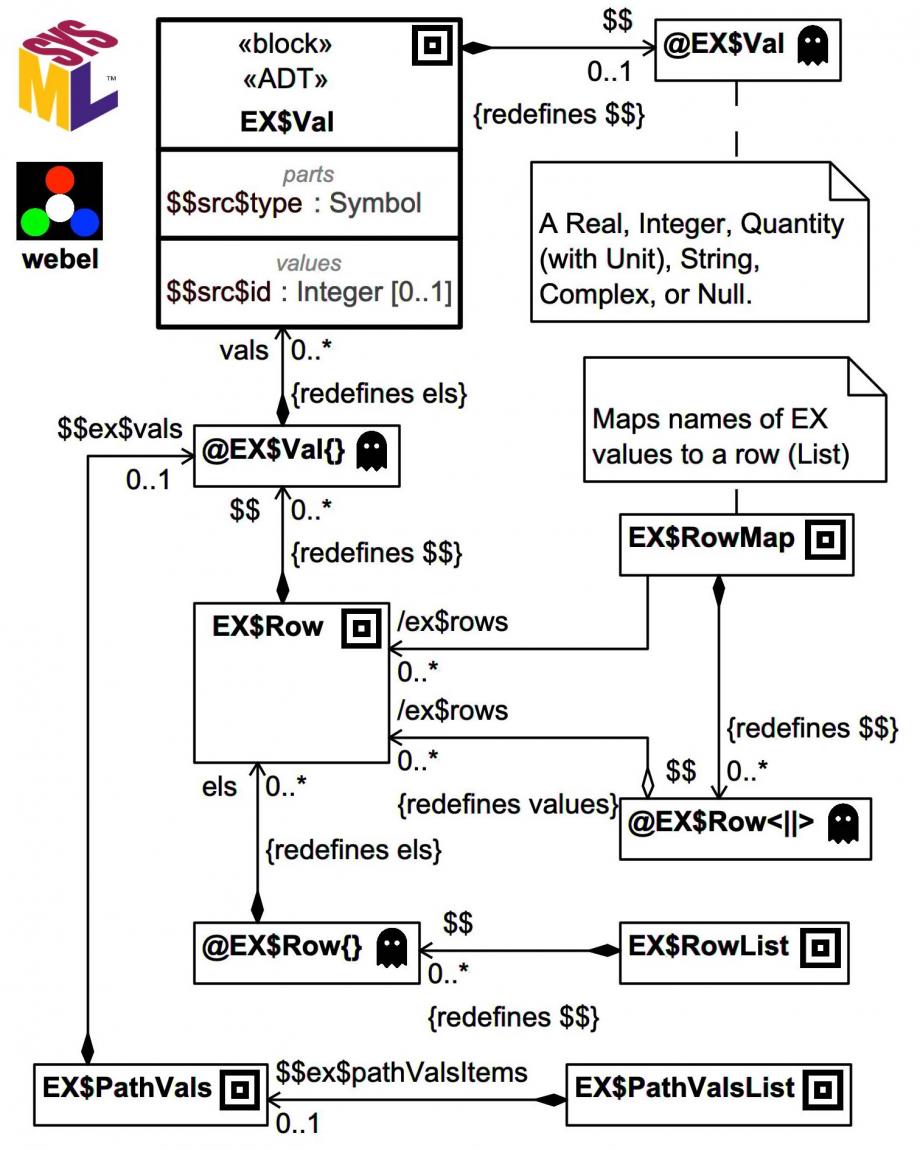Webel IT Australia promotes the amazing Mathematica tool and the powerful Wolfram Language and offers professional Mathematica services for computational computing and data analysis. Our Mathematica
tips, issue tracking, and wishlist is offered here most constructively to help improve the tool and language and support the Mathematica user community.
DISCLAIMER: Wolfram Research does not officially endorse analysis by Webel IT Australia.
A Webel ADT EX$Val scalar wrapper "atom" (aka deep value) and its supporting EX$Row, EX$RowList and EX$RowMap classes have many useful ADT-Methods for handling and viewing scalar values.
You can apply any compatible Wolfram Language strategies directly on the EX$Val ADTs. And the EX$Row, EX$RowList and EX$RowMap classes also have some methods for conveniently applying functional mapping across wrapped value Lists (and Lists of Lists) and Associations (they keys of which "name" the underlying scalar values).
Or you can pull the underlying raw scalar values and use them "unbound" from the EX Layer structured data system, but there are some disadvantages:
- Con: The values will no longer be traceable to a data point source (such as the ID of an XL$Cell from an OpenXML spreadsheet import).
- Con: You may find you are duplicating coding work made easier for you by encapsulating EX Layer methods, including those inherited from the base Webel ADT.
- Con: You won't have access to convenient EX Layer functions and methods for mapping to XML or data schema, or for persisting to database or Wolfram Cloud.
- Con: You won't have access to GUI features for the EX Layer classes.


